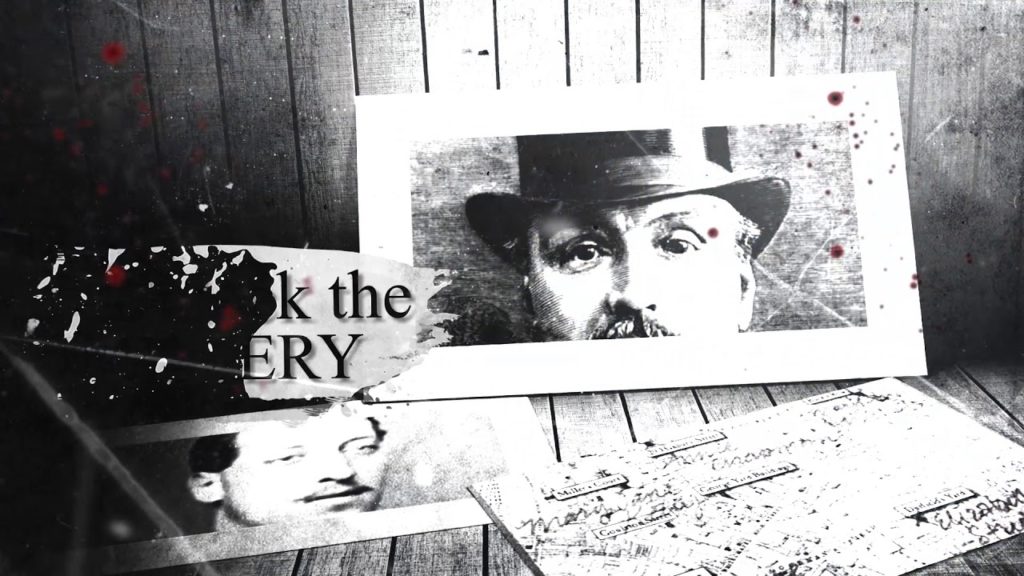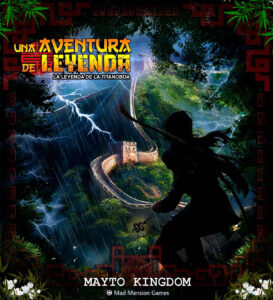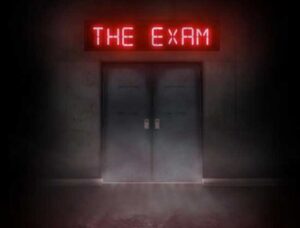Escape the Whitechappel Club

- ⭐️ 8/10
- 🌡 Difficult
- ⏳ 60 Minutes
- 👥 1 – 6 Person
The Whitechapel Club was founded in 1889 by a small group of newspapermen in Chicago, Illinois, and named after the area in London where Jack the Ripper murdered his victims. It lasted only five years and ended in 1894. The Whitechappel Club is said to have looked more like a trophy collection of murderers than a clubhouse. With a life-size model of their “President”, Jack the Ripper, in a corner, members would have used skulls as drinking vessels.
Now the famous London Ripperologist, Professor William Cluefinder, believes to have discovered that the long-abandoned Whitechapel Club is in the basement of a building that is to be demolished today. We will try to sneak into the club and collect evidence before it is irretrievably lost, because only there the true identity of Jack the Ripper can probably be found.
The search for the true identity of the famous serial killer takes place in a homemade, very spacious room, modeled after the morbid, bizarre and famous social Whitechappel Club in Chicago. I think the topic has been professionally researched. The intro video was well done, provides some background information and gives a good introduction to the game. The puzzles are self-made and fit the theme. One of the tasks requires normally two persons, but David, the owner, who was also our avatar in our game, knew how to skillfully avoid this pitfall. The image during the zoom session was good and stable. Players have a 360-degree view of the premises at their disposal, as well as a telescape inventory, in which found documents and items can be examined more closely.
The main goal of the game is to identify the correct Jack the Ripper out of half a dozen people suspected of being Jack the Ripper, using exclusion procedures. In the end, we succeeded. There is no hard time limit in the remote version of this game, and I think it is difficult to complete the multitude of puzzles online in only 60 minutes. In the IRL version the room is classified as medium, but on the other hand it has a success rate of only 35%. The puzzle counter shows the remarkable figure of 40(!). In the virtual version it might have been a few less, but there is still a lot to do. Unfortunately, I do not know the exact time we needed, but I think it was beyond the 60 minutes. Therefore, I would definitely classify the remote game as difficult, even if the puzzles themselves were all logical and well laid out for remote gameplay.




